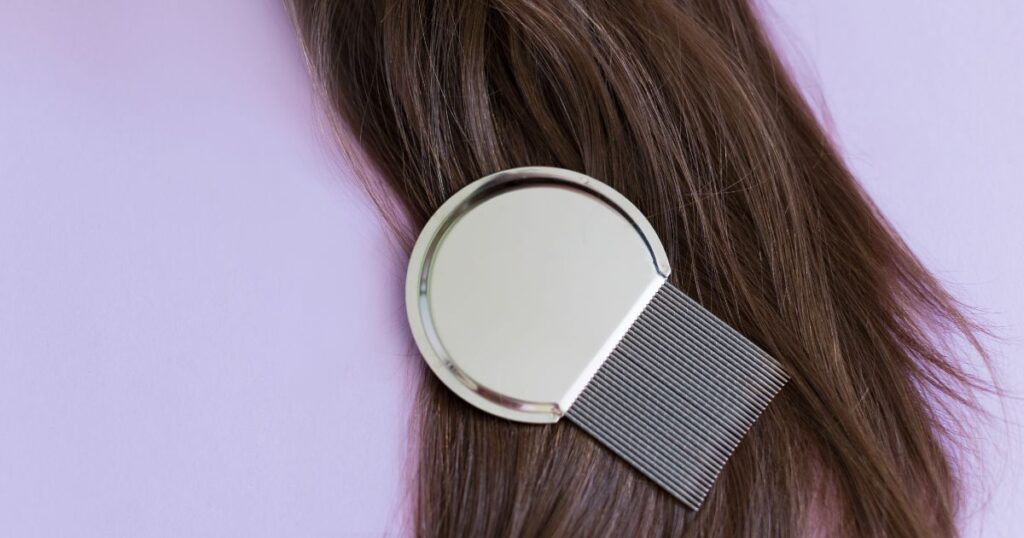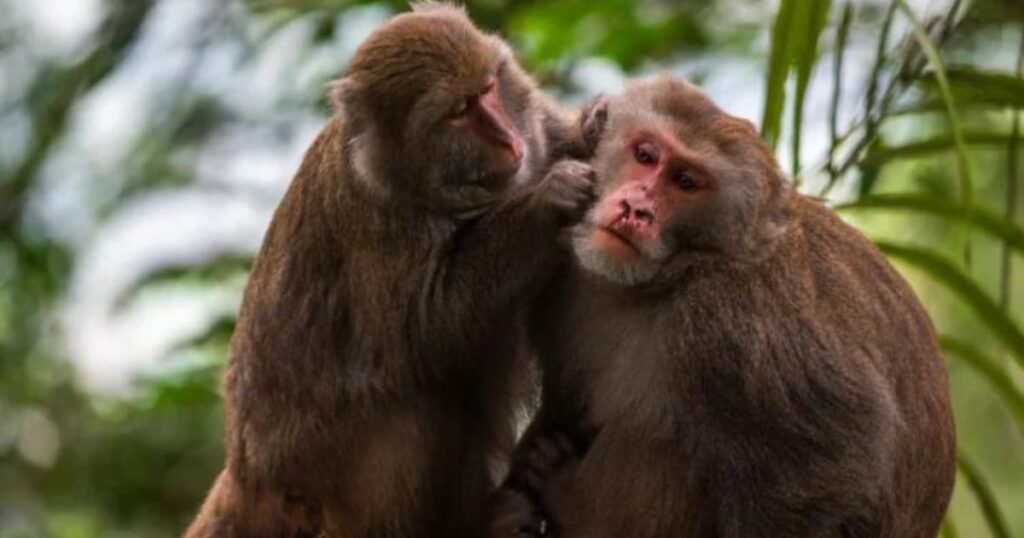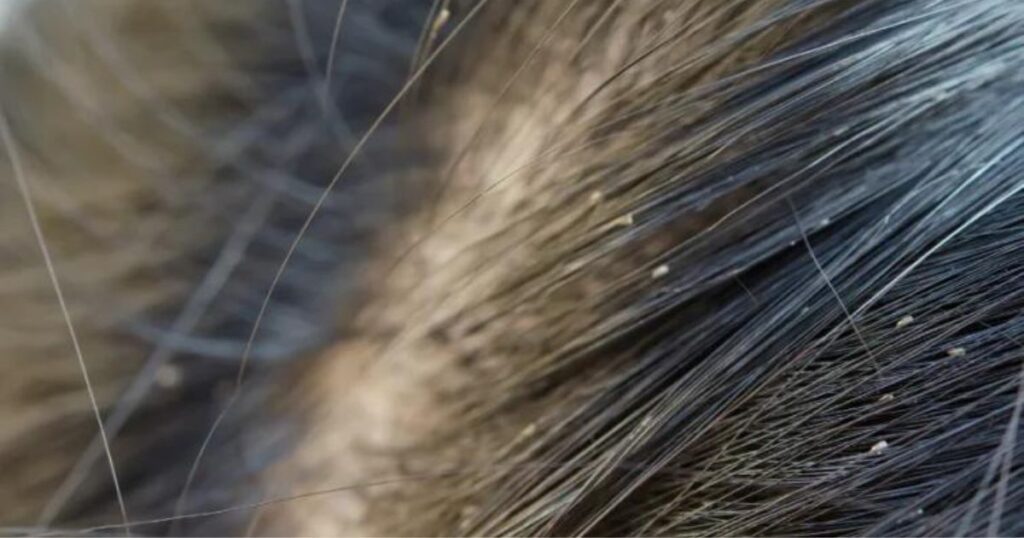You may think that the peak time for a lice infestation in your family has passed for the year. Winter is over, spring is here, and summer is not far away. It is time to take a break from worrying about lice, right?
Not exactly, because the peak time for lice is actually late summer through the fall. Here is some information you need to know about lice removal during the summer.
What Exactly Are Lice?
Lice are a type of insect. They are usually transparent or white in color, and they have a larger belly area than their upper body. Lice have six legs. There are three types of lice, based on where they are located. Head lice are the most common form. You may be able to see these lice around your child’s ears, the nape of their neck, or at their part, which is when it may be time to look for lice removal treatment centers near you on the internet.
Body lice do not live directly on the body, but instead, they live in your sheets, covers, and blankets, and they move onto your body to feed at night. Pubic lice are usually found in your pubic hair, but they can also be found on chest and leg hair, which is coarser.
The United States sees about 12 million cases of lice each year, so having your children undergo lice treatment is extremely common. While lice can occur in adults and children, the most common age for people to get lice is between three and eleven. Lice can strike any family regardless of income or where they live. Girls are more at risk for lice because they tend to have longer hair and because they tend to share hairbrushes, ribbons, and headbands.

Why Is Lice Such a Problem?
While a louse or two is not by themselves a problem, lice can lead to serious issues. First, schools and daycare centers are easy places for lice to spread because children share blankets, sleep mats, and stuffed toys.
Once your child has lice, there are some symptoms you may begin to notice. Your child may complain that their head itches, and you may see them scratching constantly. They may say that something is tickling their head.
When your child is scratching, their fingernails can create open sores on their neck, scalp, or body. These open sores are an open invitation for bacteria to invade, which can lead to an infection.
Also, if your child gets lice, they cannot return to school until they have been treated for lice, which means you have to spend time and money to get a lice treatment at a lice clinic. You will also have to clean your home, wash bedclothes, and even clean stuffed animals to make sure the lice are gone. In short, lice can create chaos in any home, and it can be difficult to get rid of lice.

Why Is Summer the Most Common Time for Lice?
Most parents understand that a lice infestation usually starts when people gather close together, such as in daycare centers and schools. Lice are active in the late summer through the fall and again in January when children return to school from winter break.
It makes sense as a parent to think that summer is a time to relax and enjoy vacation time lice-free. However, to assume that your children will not get lice in the summer is a mistake. While a lot of children are not in school during the summer, children gather in other places where lice are frequent.
For example, if you send your child to day camps, sleepaway camps, or other camps during the summer, they will be around a lot of other kids, and proximity means a greater chance of a lice infestation. Also, children attend more parties or activities with other children during the summer, such as art classes, library book parties, and visiting amusement parks where they have to stand in line. In short, lice are just as active in the summer as they are in the fall.
How Do I Treat a Lice Infestation During the Summer?
Now that you are worried about your children getting lice, what should you do if you get a note from daycare or summer camp that your child may have been exposed to lice? First, you need to reach out to The Lice Clinics and schedule an appointment with the lice professionals. We offer a 30-minute one-time lice removal treatment with our heated air device.
Look at your child’s head again in about eight or ten hours. You also need to launder all of the bedclothes, clothing, and stuffed animals your child has been in contact with.

What Should I Do?
If the thought of combing insects out of your child’s hair sends chills down your spine, we can help. Our patented lice removal treatment removes the lice from your family member without pesticides or chemicals and is guaranteed to be effective.
We can have your child’s treatment completed in around an hour. When you are ready to let someone else deal with your lice issues this summer, we can help. Why not give our office at The Lice Clinics a call today so we can make an appointment for you and your child? Contact us today!











